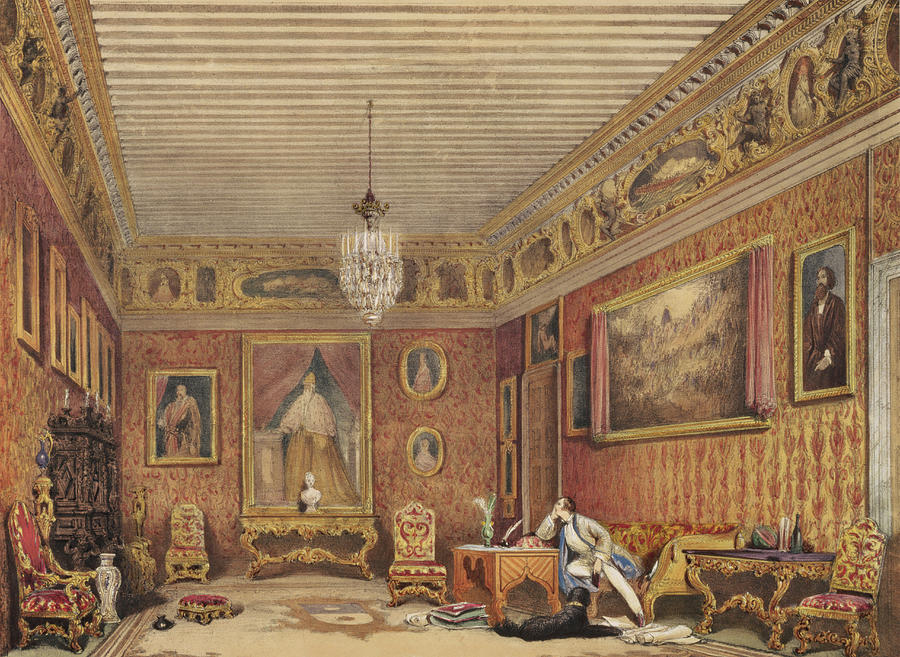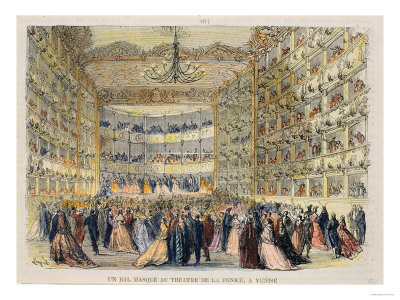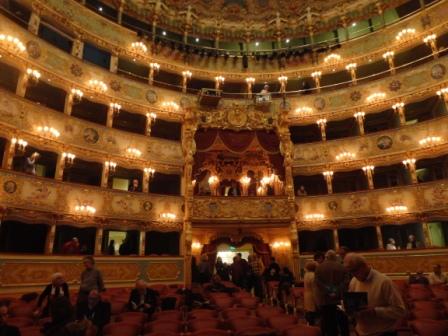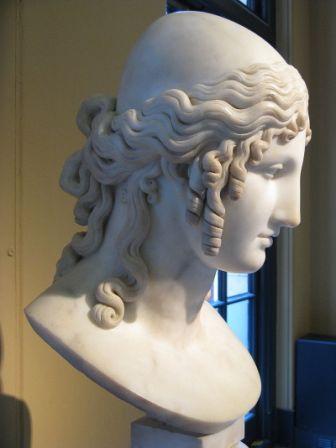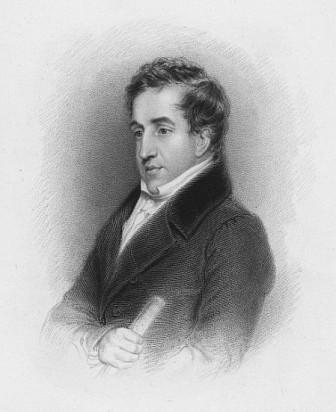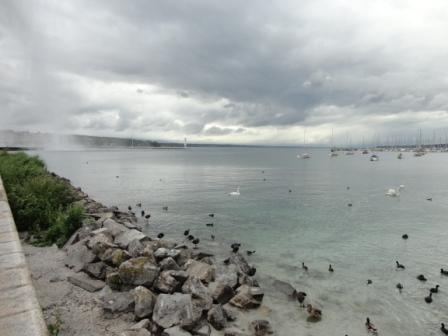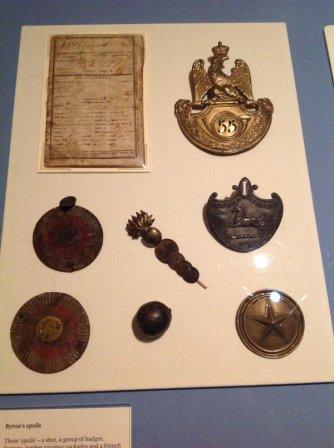In common with much of Europe, I have not ventured far from home in several months. Shopping for essentials, daily exercise and very little else. There has been a great deal of time for thinking, and early on I came to the conclusion that I was more or less living the...
MiLord’s Log
ANNE AMISON, author of Byron-Venice, brings to life some of her subject’s most personal and interesting moments during his travels from London to Italy.
The Carnival closed last night.
February 19th 1817: Ash Wednesday, and the Carnival festivities in Venice have come to an end for another year. Byron, newly-returned from a masked ball at Gran Teatro La Fenice, writes a short letter to his sister Augusta, apologising for his brevity thus, I have...
A lovelier toy sweet nature never made
January 12th 1817. Although he will not know of it for some time, on this day Lord Byron becomes a father again, with the birth of Claire Clairmont’s daughter. The child is born in Bath, the early nineteenth century resort for ladies who are “unwell” and needing...
Being the feast of St Stephen
26th December 1816: the feast of Santo Stefano, or St Stephen, and also the first day of the six-week long Venetian carnival. And so Byron finds ...all kinds of conceits and divertissements on every canal of this aquatic city... He spends the evening at the opera, at...
I have fallen in love…
25th November 1816, and Byron is writing to his publisher in London, John Murray, to tell him how quickly he has settled into Venetian life, and how comfortable he is in Venice. For one thing, the city keeps the sort of late hours which suit him, ... the theatres are...
A boatman cried out to us, “The Rialto!”
It is four o’clock on a cold, wet November afternoon, and Lord Byron is in Mestre, bad-tempered because of the weather and because he has just been offered a very poor dinner. He has spent the previous week trundling slowly across the nothern Italian plain from Milan,...
My dearest Augusta – You see I have got to Milan
It is mid-October 1816, and Byron and Hobhouse are settled in lodgings in Milan. Their journey from Switzerland to Italy has been remarkably straightforward, since they have crossed the Alps via the Simplon Pass, a feat of engineering created at the command of...
The clouds above me to the white Alps tend
It is September 29th 1816. Byron and Hobhouse have returned to Diodati from their ten-day tour of the Alps, a lengthy exploration in which they have travelled by a combination of open carriage, horseback and on foot. They have completed a circular tour which has taken...
Shatter’d nerves and quicken’d pulses
Autumn - and Byron’s friend John Hobhouse – arrived in Geneva more or less simultaneously, bringing a blast of fresh air to Villa Diodati after many – maybe too many - evenings of ghost stories and metaphysical speculation. Hobhouse was the sort of Englishman who...
And from the mountains where I now respire
26th August 1816, and two of Byron’s closest friends, John Cam Hobhouse and Scrope Berdmore Davis, arrive at the Villa Diodati in Geneva. They find their friend in a somewhat melancholy mood; hardly surprising given his turbulent year so far. His mental state may be...
Even I regain’d my freedom with a sigh.
It is the middle of June 1816. Thanks to a slight improvement in the weather, Byron and Shelley make plans to sail around Lake Geneva, stopping off at points of interest. It isn’t entirely a pleasure-cruise, since Shelley seizes the chance to break the news of Byron’s...
It was a dark and stormy night…
You may think that this summer so far is grim and wet, but it has nothing on the summer of 1816: grey skies, constant rain, temperatures so unseasonally low that crops failed to ripen. The weather throughout 1816 was so bad that it was nicknamed (with a distinct lack...
Getting Out
Getting out, Lord Byron met Mary Wollstonecraft Godwin, her sister, and Percy Shelley. It is evening, May 27th 1816, and two young men have been rowing on Lake Geneva. As they reach the shore, they meet three other young people: the five are to spend much of the...
This Place of Skulls
And Harold stands upon this place of skulls,The grave of France, the deadly Waterloo! May 4th 1816: having left London in style in his Napoleonic carriage Byron continues his melancholy theme of exile and loss with a visit to the battlefield of Waterloo. Byron's...
Sear’d in heart, and lone, and blighted
On 23rd April 1816, Byron left London for the last time. In a grand dramatic gesture he had ordered a huge travelling-coach modelled on one that had belonged to his hero Napoleon. You sent Napoleon to distant and lonely exile last year; now look at me, forced to do...
I thank you truly…
April 8th 1816. Byron has almost completed his preparations for leaving England. The terms of the legal separation from his wife have been agreed, signed and sealed. His beloved books have been sold at auction, raising £723 (add a couple of zeroes for a rough modern...

